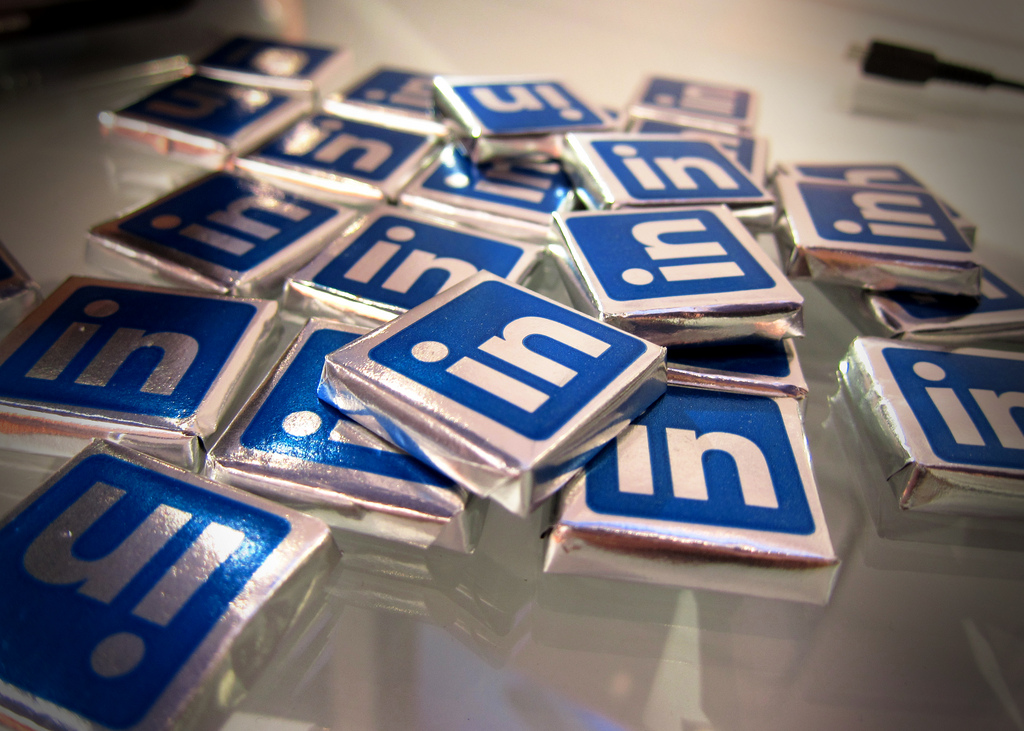The LinkedIn social networking site is important for any professional and any company. We’ve shared tips about company pages on LinkedIn several times, but ultimately, a company will be judged by the profiles of the people who work there. While many people have basic profiles on LinkedIn, it’s important to make sure that your profile is in great shape.
Why LinkedIn is useful
-Networking: LinkedIn is a great way to connect with people you know professionally, but may not want to associate with on more personal social media sites like Facebook. Conversely, keeping interactions with your crazy cousin Eddie away from LinkedIn means you are less likely to be embarrassed professionally. LinkedIn Groups are an important part of networking and professional development for you and your organization. Groups are a place to discuss, engage, and learn about topics that are interesting and relevant to you –– and to expand the connections in your company’s network.
-Personal Branding: This is your persona, who you are. Your LinkedIn profile is an important part of that if your personal brand involves professionalism.
-Recruitment: If your company is looking to hire, LinkedIn is a great way to recruit top talent. Most smart job candidates check out the profiles of potential future colleagues before an interview. On the flip side, if you are job hunting, having a polished and professional profile can be a boon.
LinkedIn differs from other social media not just in its professional focus, but also in the type of interactions and connections that you make. That is why it is crucial to have a complete and well thought out profile.
Keys to a great LinkedIn profile
-Photo: A necessity. If you don’t have a professional headshot, have a friend take a quick picture of you in nice clothes and looking friendly. This is not a place to put up your wild party picture.
-Job Descriptions and Skills: While it can be hard to talk about yourself and your accomplishments, that’s not a good reason to leave this section blank. It can help show your specific skills and accomplishments. If you are having trouble, check the profiles of people who have had your job before you or are in a similar profession for language.
–Endorsements: I find this part of LinkedIn fun. Once you have chosen some skills and expertise, other people can click a little “+” next to that skill and endorse this skill for you. But be aware that some people who endorse every skill you have may just want the same in return.
-Recommendations: Having someone recommend you takes more than clicking a little “+,” it takes writing a paragraph about a person and highlighting why you think they’re great to work with. These really stand out on profiles and definitely up your credibility.
-Groups: As I mentioned earlier, groups are great for networking, but they are also great to highlight specific interests and for learning. They can also be ways to learn more about those you are in a professional relationship with and find common ground.
LinkedIn can be a very valuable resource, which you should take full advantage of—both for your company and yourself. If potential clients or hires can get a better grasp of who you are and what you do, they will be much more informed about the potential for a good match.
Related resources




LinkedIn: How is your profile? | Change Conversations http://t.co/744WLwYBKe